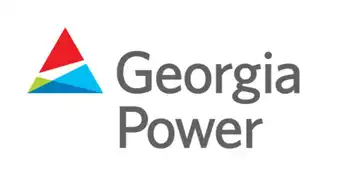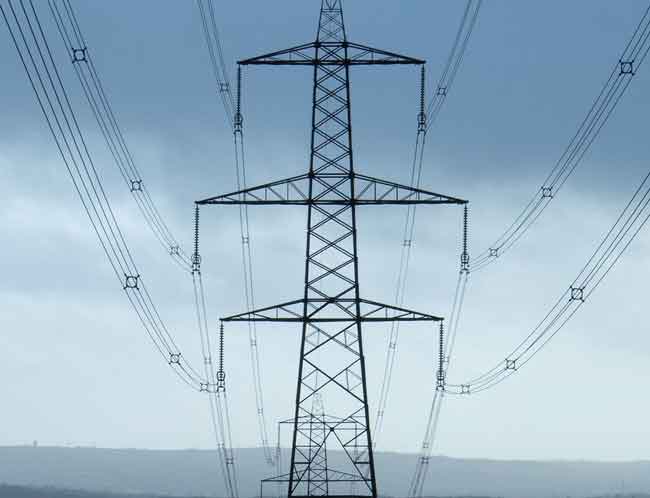Fortune Data Centers takes the LEED
The facility, 43,000 square feet of computing floor space in a 78,000 square foot building, will save tenants an estimated $4 million per year in energy and cooling costs; the company is also aiming to receive LEED Gold certification from the U.S. Green Building Council.
Among the innovations Fortune has applied to the new facility is the use of simple concrete slab for the floor, rather than the traditional raised-floor space common to most data centers. Rather than pumping cold air up through server racks, this data center delivers cold air from the ceiling and using insulated ducts for removing hot air from the racks.
This new setup saves power by harnessing the heavier weight of cold air; rather than having to force cold air up, it allows it to drop from the ceiling, and also allows hot air to rise naturally up through the ducts. In addition to energy savings, the design allows data center designers to mount the server cabinets right on the floor, saving installation costs and eliminating the need for weight constraints in racks.
Fortune has achieved a PUE of 1.37 at full load, partly as a result of this new cooling method; the company is also using a contained hot-aisle/cold-aisle layout to more efficiently control air pressure and reduce the need for fans.
On the facilities side, Fortune and its construction partner, DPR Construction, recycled or reused over 1,100 tons of material on-site, diverting about 95 percent of the waste from landfills. Other green building methods that will help the facility earn LEED certification include regionally sourced materials, low-VOC paints and coatings, the use of non-CFC refrigerants and the installation of a full-building power and environmental management system.
The greening of data centers is a burgeoning trend, especially when it comes to LEED certification: just recently, Citi earned the first LEED Platinum rating for a data center with its facility in Germany, while earlier this year IT industry leaders worked with the USGBC to begin developing a LEED standard for data centers.
Related News

City officials take clean energy message to Georgia Power, PSC
ATLANTA - Savannah is among several Georgia cities that have led the charge forward in recent years to push for clean energy. Now, several of the state's largest municipalities are banding together to demand action from Georgia's largest energy provider.
Hearings regarding Georgia Power's Integrated Resource Plan (IRP) happen every three years, but this year for the first time the cities of Savannah, Decatur, Atlanta and Athens-Clarke and DeKalb counties were at the table.
"It's pretty unprecedented. It's such an important opportunity to get to represent ourselves and our citizens," said City of Savannah Energy Analyst Alicia Brown, the Savannah representative for…




